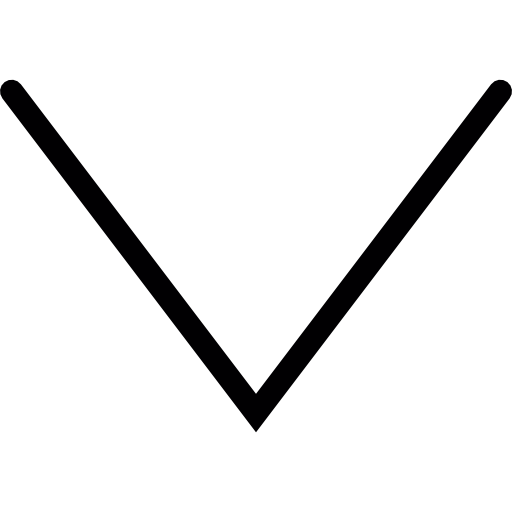Take our free abstract aptitude test online
Free aptitude tests – Free abstract aptitude test
Take our free online abstract aptitude test (or free abstract reasoning test) for a hands-on experience of an abstract, inductive or logical aptitude test – see how well you cope with stress related to a timed aptitude test.
On completing the free test, you will immediately receive a report with your total score, a list of correct and wrong answers, and detailed answer explanations for all test questions.
Let's review in the free examples below some types of abstract, inductive or logical reasoning test questions:
Our free abstract reasoning tests are Timed and designed to help you understand and practise the types of questions used in the real test you will sit for your prospective employer. In contrast to test questions tailored to the level of difficulty and complexity required for a specific job, our free abstract test questions are targeted to a general job.
On completing each test, you will immediately receive a full test report that includes your total score, a list of correct and incorrect test answers, and detailed explanations of the correct answers to each question.
Our Abstract aptitude practice tests are job specific, with a pool of more than 600 questions for each job category including detailed answer explanations for all test questions. These are designed to ensure that you are fully equipped to successfully complete your real abstract, logical or conceptual reasoning tests. To take our free abstract or logical aptitude tests, please scroll to the bottom of the page.
Free example of an abstract or inductive aptitude test question:
 What is the next shape?
What is the next shape?
To answer this abstract or inductive reasoning test question, we need to first identify the patterns and logical rules that are relevant to the group of shapes in the test question. In this series, there are two logical rules moving left to right. The first is that all the inner shapes move one place anticlockwise at each step. The second rule is that, at every step, the triangle alternates with a black square. At step five, there is a triangle at the top – therefore, at the next step, it will move anticlockwise into the left place and become a black square.

Another free example aptitude test - abstract reasoning test question, is one that is used by companies such as Hudson and we prepare you for it. In this free example aptitude test you need to find what specific buttons do to a group of shapes in the question line based on several example lines in the Base Screen box. Once you find what the buttons do your then can find what the correct final figure is in the question line. Let's examine the following abstract test example:

In this abstract test question you need to find what buttons 1, 3 and 5 do.
From the first line, we see that the original figure (the three shapes to the left) goes through two transformations to form the figure on the right: (i) a change in the shapes (square to circle, or circle to square); and (ii) a change in colours (black to white, or vice versa). Two buttons are active in this line (1 and 2); however, we still don’t know which one changes the shape, or which one changes the colour.
The second line also shows a figure that swaps the colour of its three shapes, but there is no change in those shapes. This time, buttons 2, 3 and 4 are ‘active’ – so, button 2 (the only common ‘active’ button with line 1) must be the one that swaps colours; and we can now deduce that it is button 1 that changes (or toggles) the shapes. Buttons 3 and 4 must, then, be the ones that modify the horizontal and vertical lines, so we will need to refer to the third line to work out their individual functions.
In line three, because buttons 1 and 2 are ‘inactive’, we know that there will be no transformation of colour or shape. Buttons 4 and 5 are ‘active’, and we can see that the right figure has been made smaller and a vertical line removed. Line 3 shares only one active button with line 2 (i.e. button 4), and there is only one common transformation between these lines: the vertical line has been switched ‘on’ or ‘off’. Therefore, button 4 is a vertical line toggle switch, which means (from the previous line) that button 3 must be the on/off toggle for horizontal lines. Button 5, therefore, can only be for changing (or toggling) the size of the shapes in the figure (from big to small, or vice versa).
We can now summarise the button functions thus:
- Button 1 – toggles the shapes within the figure (squares to circles, and vice versa)
- Button 3 – toggles the horizontal lines on or off
- Button 5 – toggles the size (big or small) of the shapes within the figure.
Now, we can apply those button functions to our question line:
- Button 1 – will change the figure to a circle and a square.
- Button 3 – will add a horizontal line to all shapes in the figure.
- Button 5 – will toggle the shape sizes – the first from big to small, and the second from small to big.
The corrrect answer is:

Another free example abstract test question is one that is used by companies such as TalentQ.. In this free example aptitude test you have a grid of 3 by 3 with 8 shapes and one missing shape. Your task is to find the patterns or logical rules that apply to the shapes going from left to right or top to bottom. Then apply these patterns to find what is the missing shape that completes the patterns.
Let's examine the following abstract test example:

To solve this question, we need to find the logical rules that apply to the shapes going from left to right or top to bottom. We can see that each cell contains four arrowheads, some pointing left, and some pointing right. The last cell in each row is a combination of the first two arrowhead of the first cell, then the last two arrowhead of the middle cell. So, if we look at our top row, the first two arrowheads in first cell are < < and the last two arrowheads of middle cell are < >. If we combine them, we get < < < >.
Finaly, let's review the following free aptitude test example question type diagrammatic:
Another style of abstract aptitude test questions is often also called diagrammatic test. This style of test questions was designed to measure you abiliyu to understand logical proceses. Each question has a set of input and output figures and a number of opertions/effects. The operations/effects' function is described in text and in illustrations. In each question there is one element missing - either the input figures or output figures or the operations. This style of abstract test questions is typically given in ppositions that do not require high level of complexity and difficulty of abstract skills.
Let's review the following example:

The question is:

This question requires you to identify the correct sequence of ‘input’ shapes based on the provided sequence of ‘output’ shapes. For this style of question, you are not provided the input sequence, rather, only the output sequence and an “Effect Operator”. These operators modify the input shapes in different ways to transform them into the output result. To solve this task, you must work backwards starting with the output sequence with reference to the operator and applying the effect in reverse to identify the correct input sequence.
In this question there is only one operator or effect. Based on the illustrated instruction panel, effect * changes the shapes and sizes of all white figures (from squares to circles or from circles to squares and from big to small or small to big). To reverse this effect, we need to change back all the white figures’ shapes and sizes. This means changing the first small, white square into a big, white circle and changing the second figure, which is a big, white circle into a small, white square. The sequence of figures after reversing this effect is: a big, white circle, followed by a small, white square and a small, black circle.
Remember: don't waste time practising abstract or inductive reasoning test questions styles that you will not have in your real abstract or inductive aptitude test.









